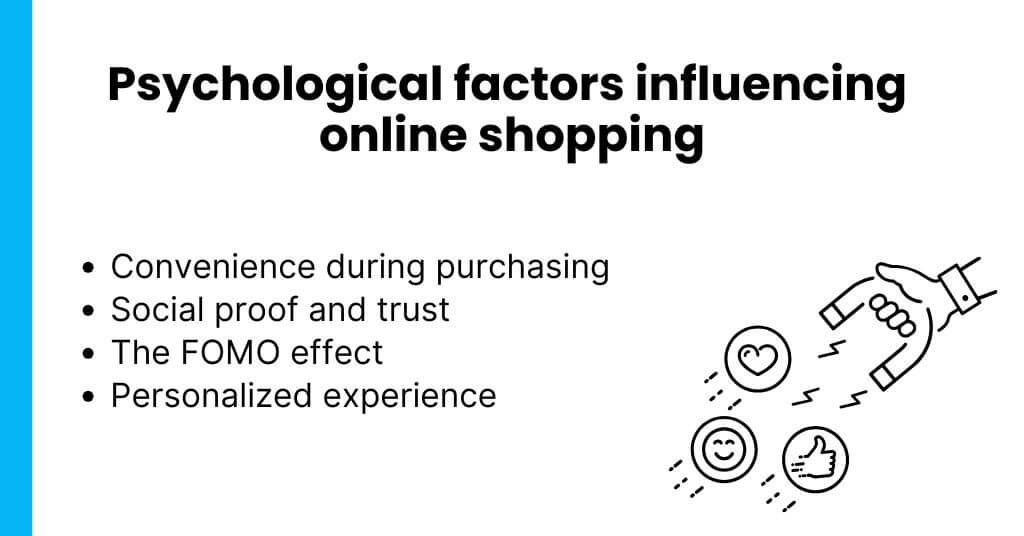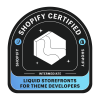
How to reduce Customer Acquisition Cost (CAC)
In ecommerce, every customer comes at a cost. But do you know how much you’re actually spending to bring them in?
You need to get into Customer Acquisition Cost (CAC), which is essential for building a profitable and sustainable business.
If your CAC is too high, your profits shrink. Too low, and you might not be investing enough to grow.
Table of Contents
What is customer acquisition cost (CAC)?
CAC is the total cost of “convincing” someone to buy from your store. It includes everything you spend on marketing and sales to turn a visitor into a customer. Think of it as your investment in growth.
But here’s the catch: If you’re spending more to acquire customers than they’re spending on your products, you’ve got a problem.
How to calculate customer acquisition cost
The formula is simple:
CAC = Total Marketing Spend ÷ Number of New Customers Acquired
For example:
If you spend $10,000 on marketing in a month and gain 500 new customers, your CAC is $20.
The tricky part: You need to include all costs associated with acquiring those customers.
Costs to include in total marketing spend
Accurately calculating and then learning how to reduce Customer Acquisition Cost (CAC) means considering all the expenses for acquiring new customers. Leaving out critical costs can give you an incomplete picture and lead to poor decision-making. You don’t want that, right?
Here’s a breakdown of the key components to include:
- Paid ads (Google, Meta, TikTok, etc.)
- Salaries (marketing and sales team’s efforts)
- Tools and software (CRM systems, email marketing tools, or analytics platforms)
- Content creation (video production, photography, blog writing)
- Discounts and promotions (any incentives offered to acquire customers)
CAC problems
A high CAC isn’t always a bad thing, if it’s balanced by high customer lifetime value (CLV).
But issues arise when:
Your CLV is too low.
If your customers only buy once or spend too little over their lifetime, your CAC can’t pay off. A low CLV means you’re not making enough from customers to justify what you spent to acquire them.
For example, your business loses if you spend $50 to acquire a customer who only buys a $40 product and never returns. And without focusing on long-term customer relationships, even a reasonable CAC can feel like a waste.
Your CAC keeps rising.
Platforms like Google Ads and Meta Ads have become highly competitive. More brands are bidding for the same audience, increasing ad costs. For ecommerce businesses, this means acquiring each new customer costs more year over year.
Without careful optimization and diversification of marketing channels, rising CAC can quickly outpace your revenue growth, cutting into profits and making scaling your business harder.
Inefficient channels.
Not all marketing platforms perform equally for every business. If you’re pouring money into channels that don’t resonate with your target audience or fail to convert leads, your CAC balloons with little to show for it.
Let’s give an example: running TikTok ads for an older demographic or using LinkedIn campaigns for low-budget products could result in wasted spending. The key is consistently tracking performance, testing new channels, and focusing only on those delivering measurable ROI.
Metrics to use with CAC
CAC doesn’t stand alone. Pair it with these metrics for a clearer picture:
Customer Lifetime Value (CLV) – this metric tells you how much revenue a customer generates over time. Ideally, your CLV should be 3x your CAC.
Return on Ad Spend (ROAS) – measures the revenue earned for every ad dollar spent.
Payback period – how long it takes to recover your CAC from a customer’s purchases.
Tips to reduce Customer Acquisition cost CAC
Lowering Customer Acquisition Cost (CAC) doesn’t mean cutting back. It’s about being smarter with your spending and improving efficiency at every stage of your sales funnel.
Focus your ad spend where it counts
Start by identifying which platforms deliver the best ROI. Use analytics to pinpoint top-performing channels and allocate more of your budget there. Use retargeting – ads aimed at visitors who didn’t convert the first time are typically cheaper and more effective. And don’t forget to experiment with lookalike audiences on platforms like Meta or Google to reach people similar to your current customers.
At the same time, regularly audit your campaigns. Pause ads or channels that aren’t delivering results to avoid wasting your budget.
Make your website work smarter
Your website is where the magic (or not) happens. Slow-loading sites can drive visitors away before they even see your products.
Navigation is another key area. Simplify your menus and layout to help customers find what they need quickly. And make your checkout process ready and easy – fewer clicks, fewer forms, and multiple payment options make it easier for customers to complete their purchases.
We’ve been making webshops ready for a long time now. Reach out if you need help.
Use the power of email marketing
Email marketing is one of the most cost-effective tools for engaging both new and existing customers. Use automated emails to recover abandoned carts, send personalized recommendations, or welcome new subscribers with a special offer.
Done right, email campaigns can nurture customer relationships and drive repeat purchases, all at a fraction of the cost of paid ads.
Keep customers coming back
Acquiring new customers costs far more than keeping the ones you already have. Build loyalty programs to reward repeat purchases with discounts or perks. Personalization also goes a long way. Use customer data to tailor offers and product recommendations. And don’t underestimate the value of excellent customer service. Happy customers are more likely to return and spread the word.
Test and refine
Even small changes can make a big difference. A/B testing your ad copy, landing pages, or email campaigns helps you find what works best. Track conversions closely and double down on what drives results. It’s a continuous process, but one that pays off in lower CAC over time.
- Trust & creative strategy: what still wins in DTC marketing
- Ecommerce website accessibility: The hidden revenue loss
- How to scale Amazon brand off Amazon
- Combining Amazon with Shopify: The Better & Better story
- The Amazon Ranking Strategy That Works in 2025
Final thoughts
If you plan to build a profitable future, pay attention to customer acquisition cost (CAC). It’s attention-worthy. Many brands focus on finding out how to reduce customer acquisition cost (CAC). Analyze the numbers, try out something new or reach out to ecommerce pros for help.
Our ecommerce nerds recommend reading
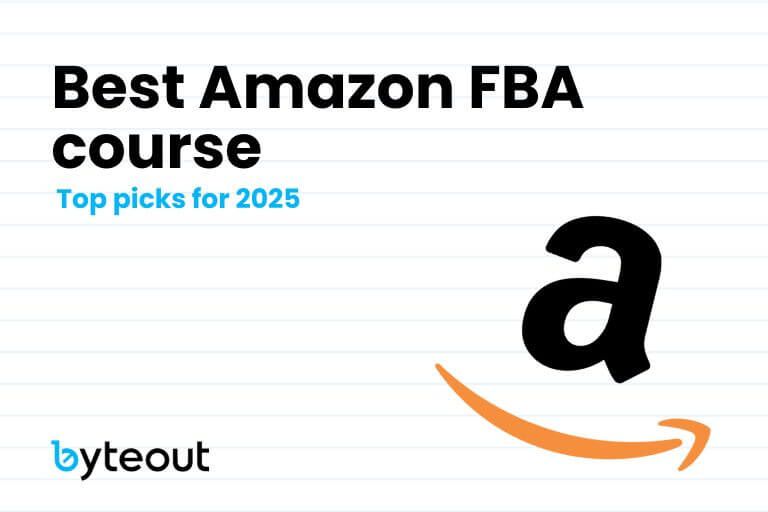
Best Amazon FBA course: Top picks for 2025
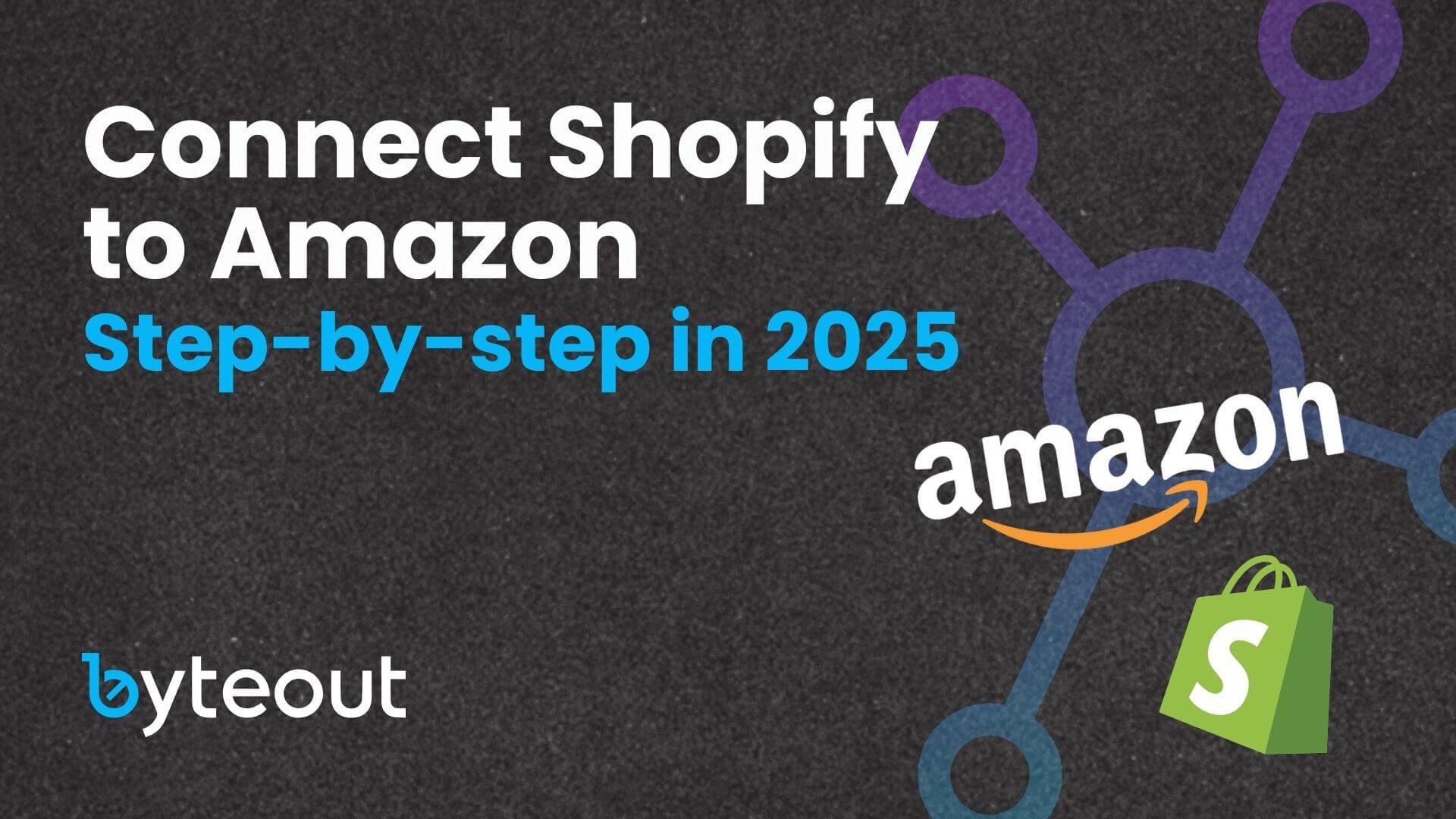
Connect Shopify to Amazon: Step-by-step in 2025
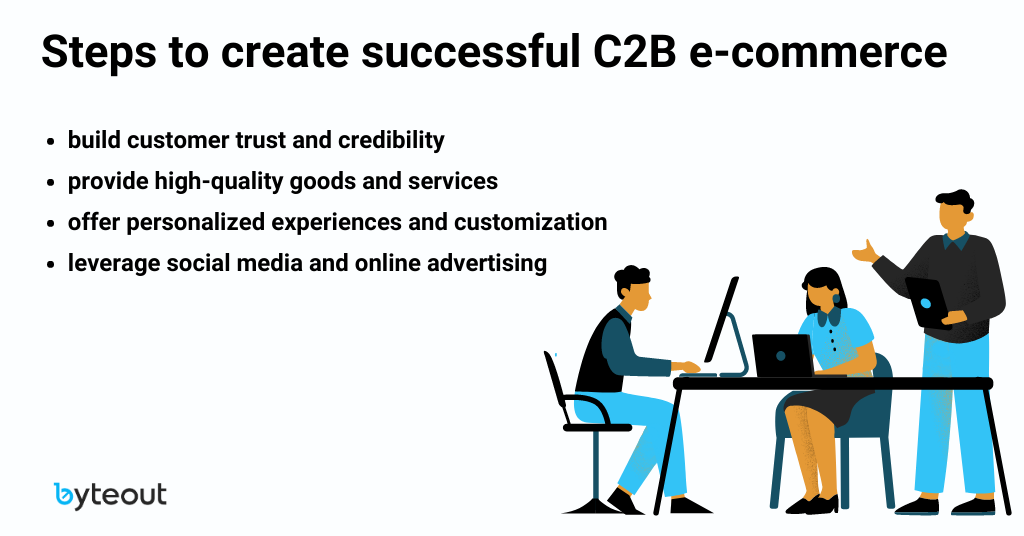
C2B e-commerce
